Glossary Of Terms
Some of the technical jargon explained
A
Active Ingredient: The component in a pesticide that kills or controls the target pest.
Acute Toxicity: Adverse effects occurring shortly after exposure to a substance.
Adjuvant: A substance added to a pesticide to improve its performance or safety.
Acaricide: A pesticide used to control mites.
AS 3660.1 / AS 3660.2 / AS 3660.3: Australian Standards for termite management in buildings.
AS 4349.3: Australian Standard for timber pest inspections.
B
Bait Station: A device used to attract and eliminate pests using bait.
Biochemical Pesticides: Naturally occurring substances that control pests by non-toxic mechanisms.
Biopesticides: Pesticides derived from natural materials such as animals, plants, bacteria.
Borers: Insects that tunnel into seasoned timber.
Bush Termites: Ground-dwelling termites that build mound-shaped nests.
C
Colony Collapse: The death of a termite colony following bait consumption.
Conducive Conditions: Environmental factors that increase pest infestation likelihood.
Coptotermes acinaciformis: A destructive termite species in Australia.
D
Detection Tools: Devices used to aid in the detection of termite activity.
Dust: A dry pesticide formulation with fine particles.
Desiccant: A pesticide that removes moisture from insects.
E
Exclusion: Preventing pests from entering a building.
Efficacy Data: Evidence showing a pesticide’s effectiveness.
Exterra System: A termite baiting system using requiem bait.
F
Fungal Decay: Timber degradation caused by moisture and/or fungi.
Formwork: Temporary timbers put in place during construction of a building.
G
Granitguard: A physical termite barrier system.
Granules: Dry pesticide formulation with larger particles than dust.
I
Invasive Inspection: A deeper inspection involving physical probing, cutting access and potentially drilling.
Integrated Pest Management (IPM): A strategy combining multiple pest control methods.
Insect Growth Regulators (IGR): Compounds that disrupt insect development.
M
Monitoring Station: Used to observe termite activity over time.
Mud Tubes: Structures built by termites to travel between nest and food.
Microbial Pesticides: Pesticides using microorganisms to control pests.
N
Nasutitermes exitiosus: Termite species with a pointed snout often called “Bush Termites”.
Nemesis System: A termite baiting system with high timber volume.
Nonpersistent Pesticide: Breaks down quickly after application.
P
Pest Management Professional (PMP): Licensed expert in pest control.
Pesticide: A substance used to control pests.
Q
Queen Termite: The reproductive leader of a termite colony.
R
Reticulation System: Pipes delivering termiticide around a building.
Residual Pesticide: Remains effective long periods after application.
Rodenticide: Pesticide formulated to control rodents.
S
Sentricon System: Termite baiting system with pre-installed toxic bait.
Shelter: Protected space used by pests to nest or hide.
Subfloor Timbers: Structural wood beneath a house vulnerable to termites.
T
Termguard: Chemical termite barrier system.
Termite Inspection: Service to detect termite activity or damage.
Timber Pest Inspection: Inspection for termites, borers, and fungal decay.
W
White Ants: Common name for termites in Australia.
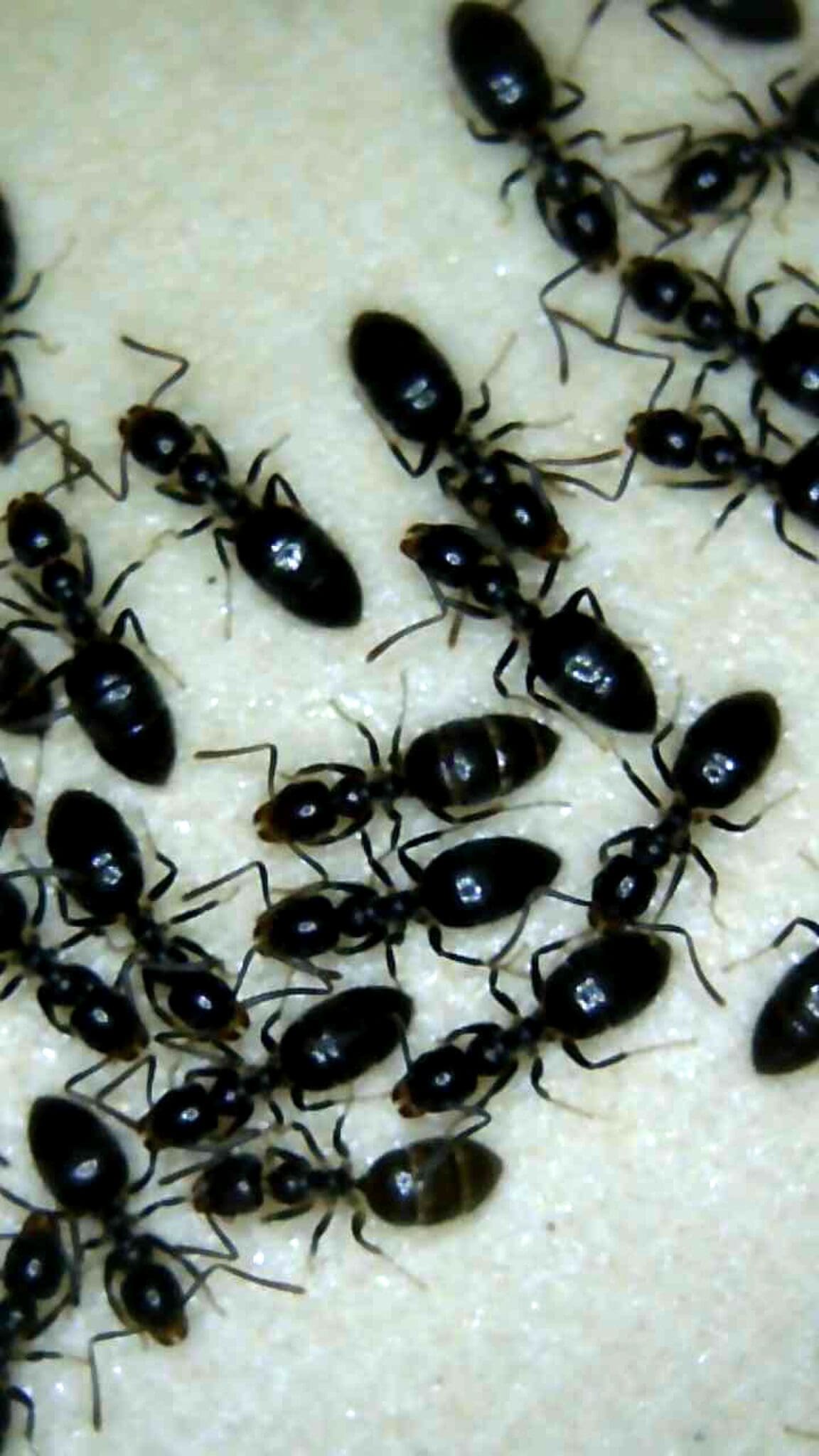
Black Ants Gathering
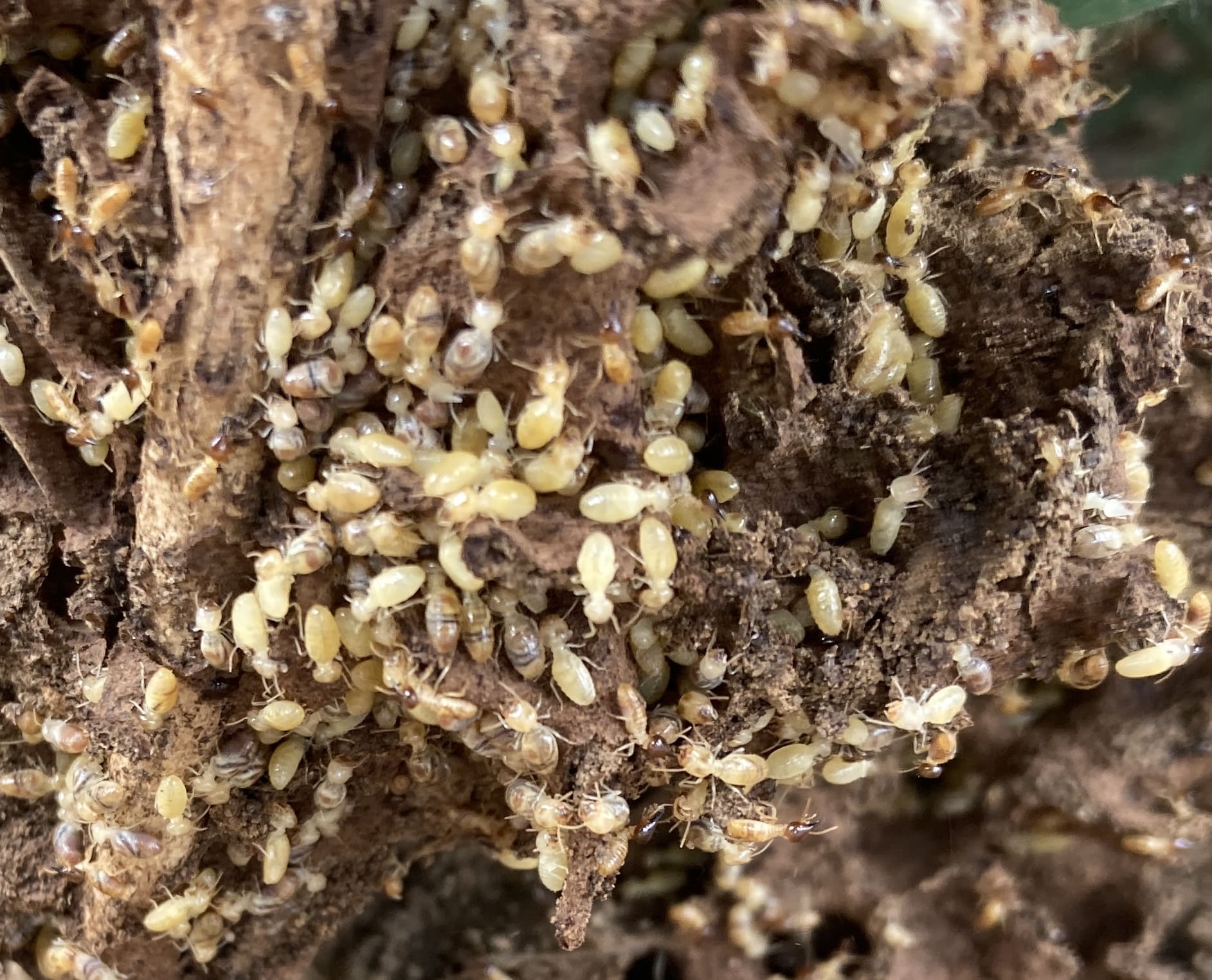
Termites found in Picton
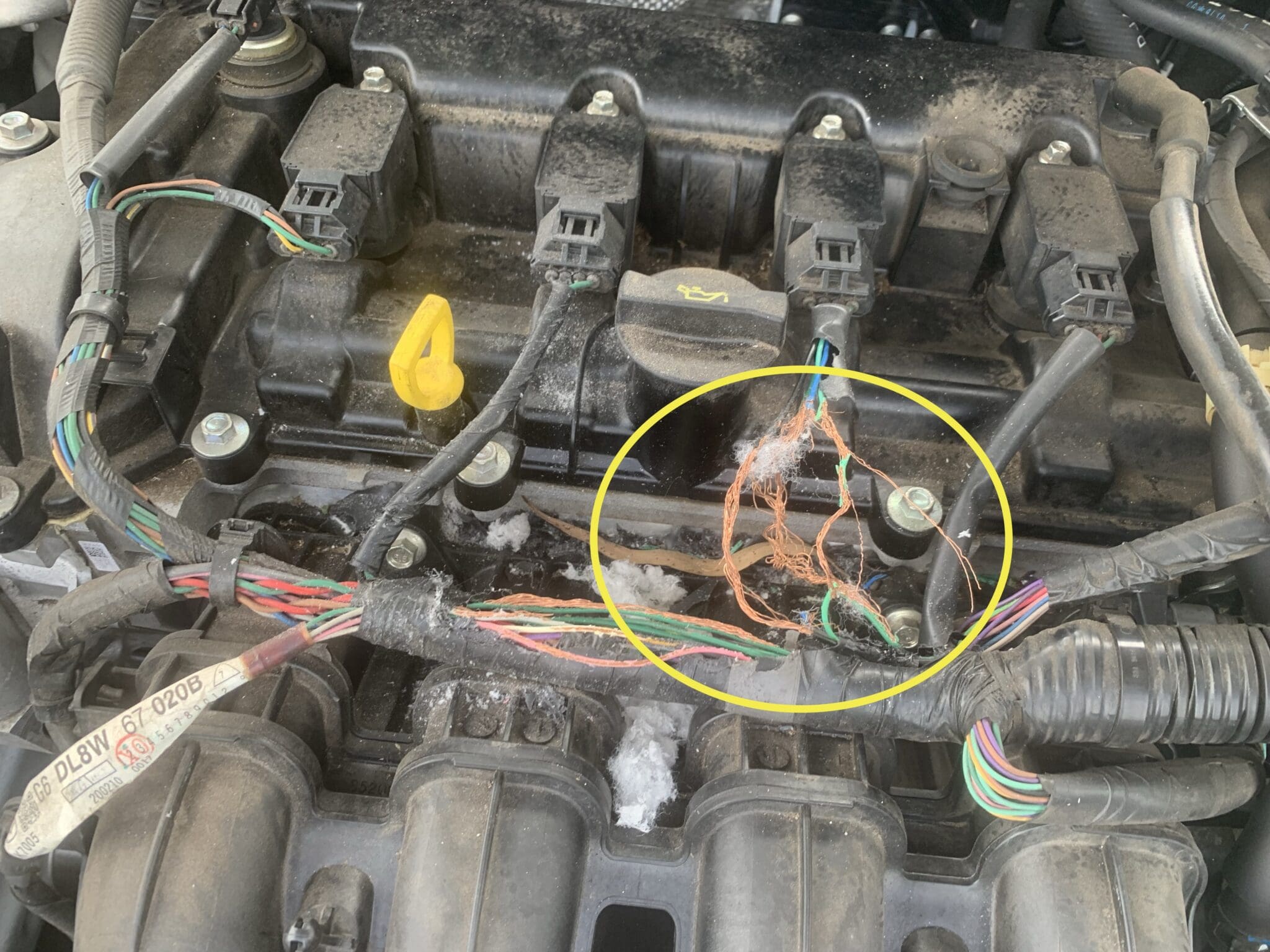
Damage to Car Wiring By Rats
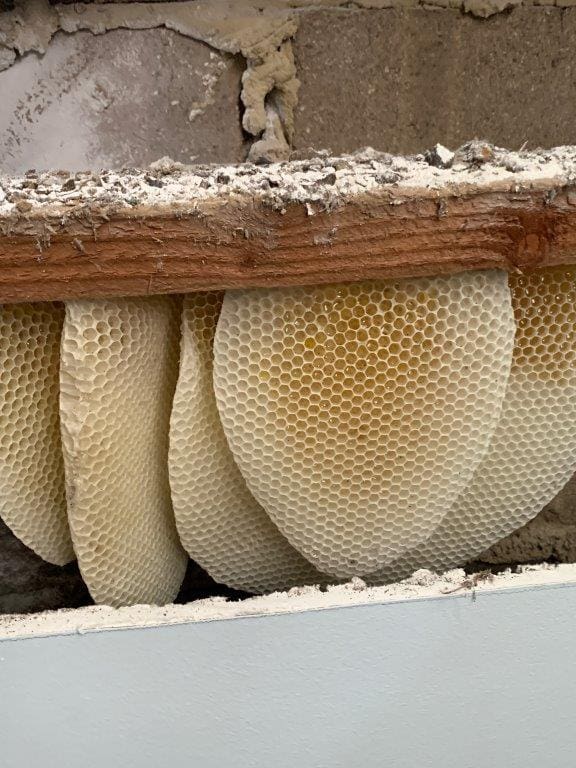
Honeycomb in a Wall Placed By Bees
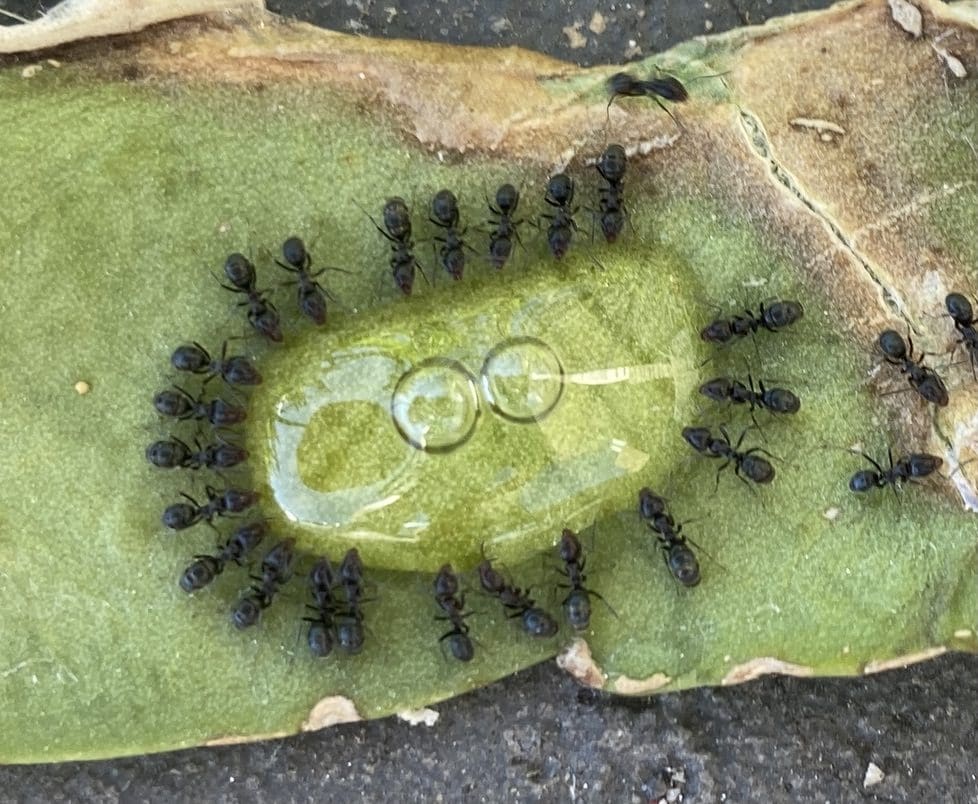
Black Ants Feeding On Liquid Bait


